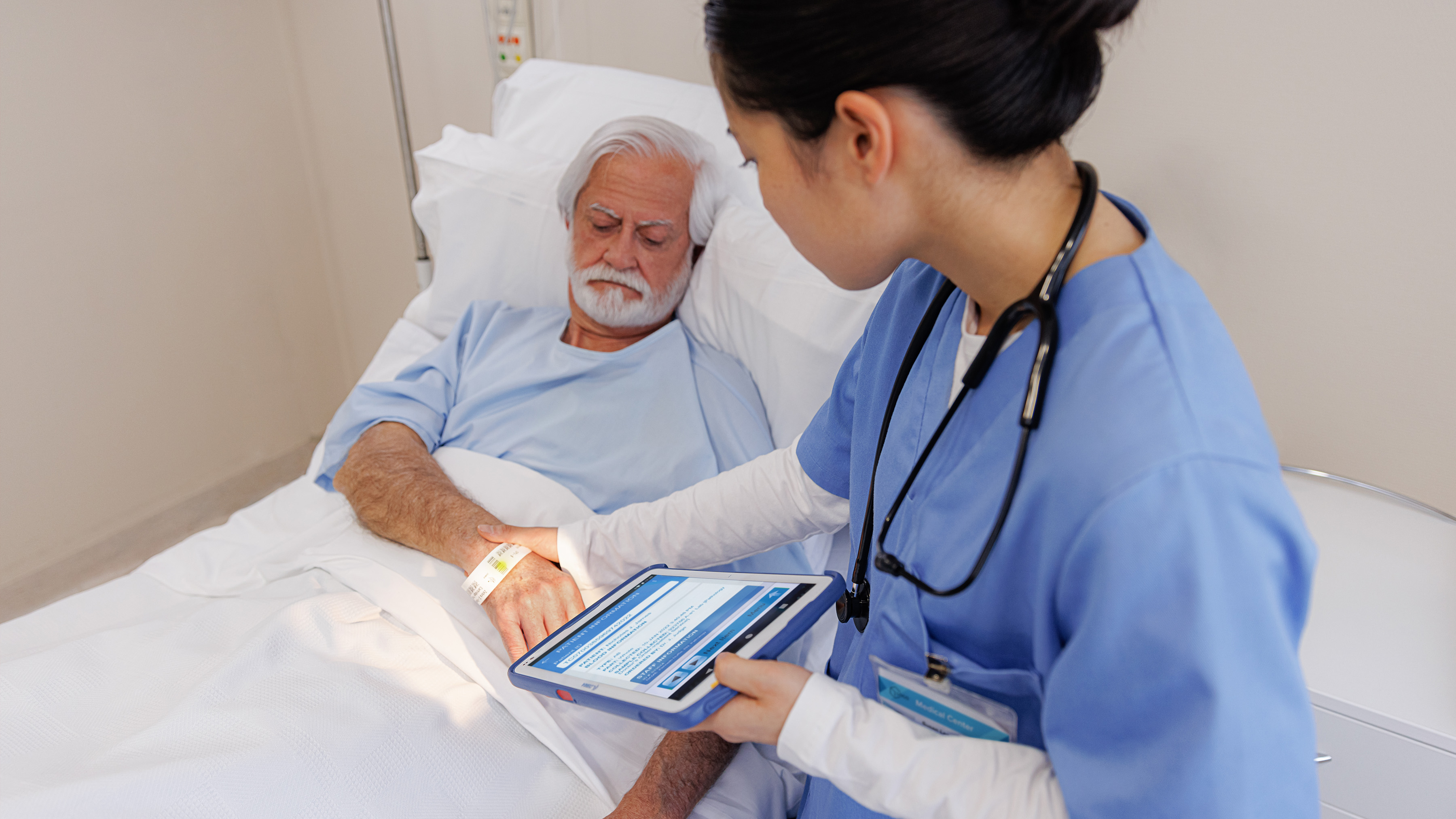Just How to Apply Healthcare RCM for a Smooth Earnings Cycle
Just How to Apply Healthcare RCM for a Smooth Earnings Cycle
Blog Article
A Comprehensive Guide on How Health Care RCM Functions to Simplify Billing and Collections
Navigating the complexities of medical care profits cycle management (RCM) is critical for suppliers aiming to boost their billing and collections processes. The overview unboxes the complexities of RCM, from individual enrollment to accounts receivable management, providing insights right into enhancing each action.
Understanding Income Cycle Monitoring
Understanding the ins and outs of Profits Cycle Monitoring (RCM) is vital for medical care companies aiming to enhance their economic efficiency. RCM is a crucial administrative function that encompasses the entire financial process of client care, from the first appointment setting to the final repayment of the balance. It is a complicated treatment made to determine, gather, and handle the profits from the solutions supplied to individuals. Effective RCM makes sure that healthcare carriers obtain prompt and accurate settlements, reducing the risk of revenue loss and improving cash flow.
The RCM procedure begins when an individual timetables a visit and prolongs via the person's care trip, including payment and collections. A vital purpose is to minimize the time between offering a solution and getting repayment, hence improving the organization's monetary health. RCM includes various features such as person enrollment, insurance policy verification, charge capture, coding, claims entry, settlement publishing, and dealing with denials and appeals.
Trick Components of RCM
In the world of Profits Cycle Monitoring (RCM), recognizing its essential elements is essential to attaining economic efficiency within medical care companies. RCM is an extensive procedure that encompasses numerous phases, each critical to making sure effective invoicing and collections. The primary parts include individual registration, insurance verification, cost capture, coding, claim entry, settlement uploading, and receivable administration.


As soon as coded, claims are submitted to payers, where accuracy is extremely important to avoid delays or beings rejected - Healthcare RCM. Payment uploading entails taping the obtained settlements, which permits for the settlement of accounts. Last but not least, accounts receivable management concentrates on tracking and dealing with unpaid claims, making certain timely follow-up and resolution
Each component of RCM is adjoined, and inadequacies in any component can interrupt the entire cycle. For that reason, grasping these aspects is essential for doctor to optimize profits and boost their monetary health and wellness.
Techniques for Reliable Billing

Systematizing invoicing procedures across the organization is one more key strategy. Developing clear standards for documentation, coding, and entry assists preserve uniformity and conformity with governing demands. Training team consistently on these procedures makes sure everyone is current with the current modifications in payment codes and payer policies.
Accurate fee capture is necessary in avoiding income leak. Carrying out routine audits and tracking systems enables the recognition and helpful site adjustment of disparities prior to they affect profits. Additionally, maintaining open lines of interaction with payers helps to promptly fix any kind of disputes or misconceptions that might occur.

Last but not least, appealing clients early in the billing process by providing clear price quotes and educational products concerning their monetary responsibilities can substantially decrease confusion and improve settlement timeliness. These strategies jointly contribute to a much more monetarily healthy and efficient payment system.
Enhancing Collections Procedures
A robust collections procedure is crucial for maintaining economic stability within healthcare organizations. Offered the complexities of clinical billing and the selection of payer requirements, improving the collections process entails carrying out strategic procedures that guarantee exact and timely settlement of solutions rendered. Central to this is the use of modern technology to automate and enhance processes, improving and minimizing hand-operated errors effectiveness. use this link Automation tools can help in tracking case statuses, sending prompt pointers to individuals, and taking care of denials more successfully.
Clear and clear person interactions are important. Offering in-depth descriptions of charges and supplying versatile repayment strategies can boost patient satisfaction and punctual payments.
Normal audits of the collections process should be carried out to recognize locations for improvement and make certain compliance with policies. By evaluating information, health care companies can determine fads, expect potential problems, and adjust methods appropriately (Healthcare RCM). Inevitably, a well-enhanced collections process not just sustains monetary wellness but additionally adds to a much more seamless experience for individuals and team alike
Optimizing Income Streams
Structure upon the foundation of a solid collections procedure, healthcare companies can better strengthen their monetary security by tactically maximizing earnings streams. This entails a multi-faceted technique, starting with a detailed evaluation of existing revenue sources to determine inadequacies and locations for development. Employing sophisticated information analytics devices enables organizations to get understandings right into payer mix, client demographics, and solution use patterns, permitting for data-driven choices that enhance income capture.
Applying automated payment systems can considerably minimize mistakes and quicken cases refining, making certain that income is gathered much more effectively. Additionally, maximizing payer agreements via normal negotiations can boost reimbursement rates and terms, straight influencing the bottom line. Branching out solution offerings, such as integrating telehealth helpful resources or wellness programs, can also bring in a broader patient base, thus raising earnings potential.
An additional crucial component is improving individual interaction and contentment, as completely satisfied individuals are more probable to stick to therapy plans and make prompt settlements. Using versatile payment choices and clear billing techniques can boost collections and foster individual loyalty. Healthcare RCM. By adopting these strategies, medical care companies can develop a much more durable economic structure, ensuring continual growth and security in an ever-changing market landscape
Verdict
Finally, healthcare Revenue Cycle Monitoring (RCM) plays a vital role in enhancing payment and collections processes by incorporating essential parts such as individual registration, insurance verification, cost capture, coding, declares entry, and balance due management. By utilizing advanced modern technology, standardizing treatments, and fostering individual involvement, doctor can substantially reduce insurance claim rejections, accelerate repayment cycles, and boost money flow. This extensive approach to RCM eventually causes improved financial performance and sustainability for healthcare organizations.
The RCM process starts when an individual timetables an appointment and prolongs through the person's care journey, including invoicing and collections.One more critical element is improving individual involvement and contentment, as pleased clients are extra likely to stick to therapy strategies and make prompt repayments. Offering flexible payment options and clear invoicing practices can enhance collections and foster individual loyalty.In final thought, medical care Earnings Cycle Monitoring (RCM) plays a vital duty in optimizing billing and collections processes by integrating key elements such as individual registration, insurance coverage confirmation, charge capture, coding, claims submission, and accounts receivable monitoring. By using sophisticated technology, systematizing treatments, and promoting client engagement, healthcare suppliers can substantially lower case denials, speed up settlement cycles, and boost cash money flow.
Report this page